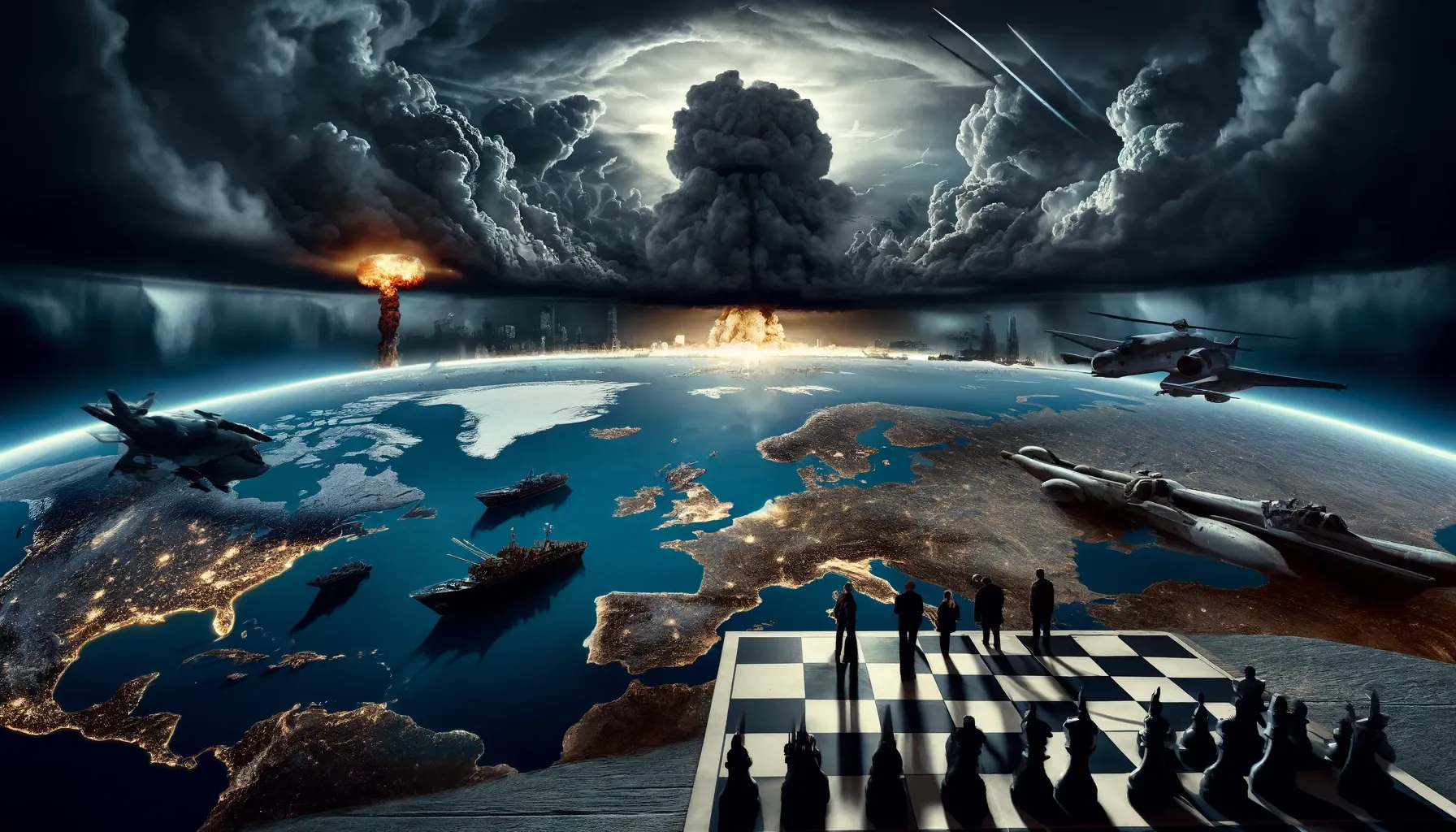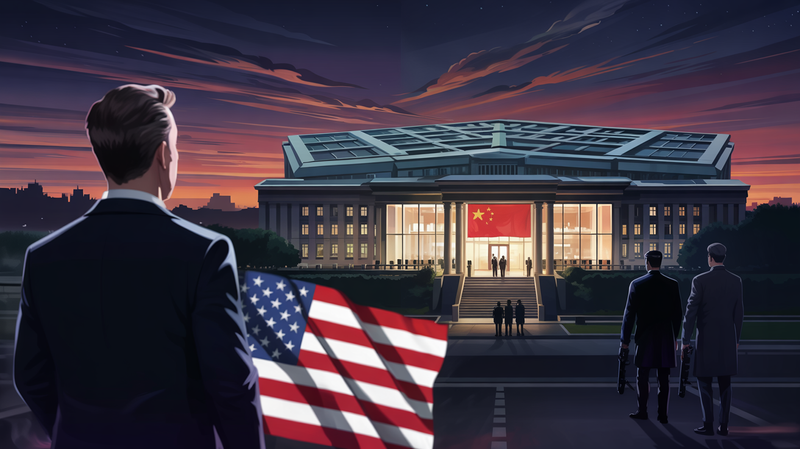European Stakes and the Road to Nuclear Conflict
Introduction – European Contributions to the Conflict in Ukraine As the war in Ukraine continues to unfold, European nations have significantly escalated their involvement, transforming from mere bystanders to active participants contributing to the militarization of the conflict. The recent decisions by countries such as the United Kingdom to provide advanced
Introduction – European Contributions to the Conflict in Ukraine
As the war in Ukraine continues to unfold, European nations have significantly escalated their involvement, transforming from mere bystanders to active participants contributing to the militarization of the conflict. The recent decisions by countries such as the United Kingdom to provide advanced weaponry capable of reaching deep into Russian territory, and France's contemplation of deploying troops, signify a profound shift in the dynamics of European military engagement. These contributions aim to bolster Ukraine’s defense against Russian aggression but also contribute to tightening the tension between NATO countries and Russia. While intended to deter further Russian incursions, these actions also risk provoking a stronger response, potentially drawing the region closer to a broader conflict.
Developments in Belarus – Highlighted by the New York Times
In a significant development reported by the New York Times, Russia is escalating its military posture in Belarus by constructing facilities potentially designed to store nuclear warheads. This strategic maneuver is a direct response to the heightened military assistance that Ukraine has been receiving from European nations. The construction of these facilities near the town of Asipovichy, alarmingly close to the Ukrainian border, underscores the serious implications of Russia's strategic maneuvers in the region. According to the New York Times analysis based on satellite imagery and expert consultations, the new structures at the Belarusian site include security features characteristic of nuclear storage facilities, such as enhanced fencing and a discreet layout designed to shield activities from external observation. This development dramatically escalates the stakes in the region, positioning nuclear assets in Belarus not only as a significant force multiplier for Russia but also as a stark escalation in nuclear threat dynamics in Eastern Europe.
The Precipice of Nuclear Conflict – The Ultimate Stake
The relentless escalation of military capabilities and strategic postures in Eastern Europe, highlighted by the developments in Belarus, brings the region—and possibly the world—to the brink of a nuclear conflict, representing the ultimate stake in this high-tension geopolitical game. As European nations push to enhance Ukraine's military strength, and Russia counters by deploying nuclear weapons capabilities closer to NATO borders, the margin for error or miscalculation dwindles dangerously. The specter of nuclear conflict, once a distant Cold War memory, is now a looming reality that could be triggered not just by aggressive actions but by defensive postures perceived as existential threats. This situation demands an urgent reassessment of how nations approach conflict and defense. Each step taken towards enhancing military capabilities must be carefully weighed against the potential to provoke a nuclear response. The international community, particularly bodies like the United Nations and nuclear non-proliferation organizations, must intensify their efforts to engage in dialogue, reduce nuclear arsenals, and prevent the proliferation of nuclear weapons. Moreover, the citizens of Europe, especially those in nations like Estonia on the front lines of geopolitical tension, must understand the gravity of the situation. It is crucial for public opinion and civil society to advocate for diplomatic and peaceful solutions to conflicts that have the potential to escalate into nuclear war.
While the stakes continue to rise with each military enhancement and strategic deployment, the ultimate price of a nuclear conflict would be catastrophic and irreversible. Recognizing this, it is imperative for all stakeholders, from government leaders to ordinary citizens, to work towards de-escalating tensions and forging a path to lasting peace. Only through concerted international effort and responsible statecraft can the world hope to step back from this precipice and secure a safer, more stable future.





